I'm using a TAS5754MDCAR DAC in a Bluetooth receiver. DAC_OUTA and DAC_OUTB are connected to the internal amplifier inputs per the Datasheet (as below): 
When I play an audio file and view DAC_OUT on my scope, I see a completely normal audio waveform and everything works as expected. However, I'd like to have line outputs, so I have connected the DAC outputs to RCA jacks. When I connect the DAC outputs to an external amplifier (I've tried several), the audio waveform looks fat, like this:
EDIT: I'm still monitoring the same DAC_OUT point (which is connected to the external amp's input). I'm not looking at the output of the amp.
I tried disconnecting the on-chip amplifier, but the results are exactly the same. The end result is fine--it sounds normal and works as expected. But it's bothering me that I don't know why the waveform changes like this when connected to the input of an external amplifier, and I'd like to learn about what I'm seeing and why.
Out of curiosity, I connected several other sources to the same external amp and didn't see anything like this--the original audio waveform was still intact.
Closer examination of the "thick" waveform shows that it's actually a high frequency sine wave (in this case 1.20 MHz).
What am I seeing here? The scope I'm using is a Siglent SDS 1204X-E. Thanks for your help!

